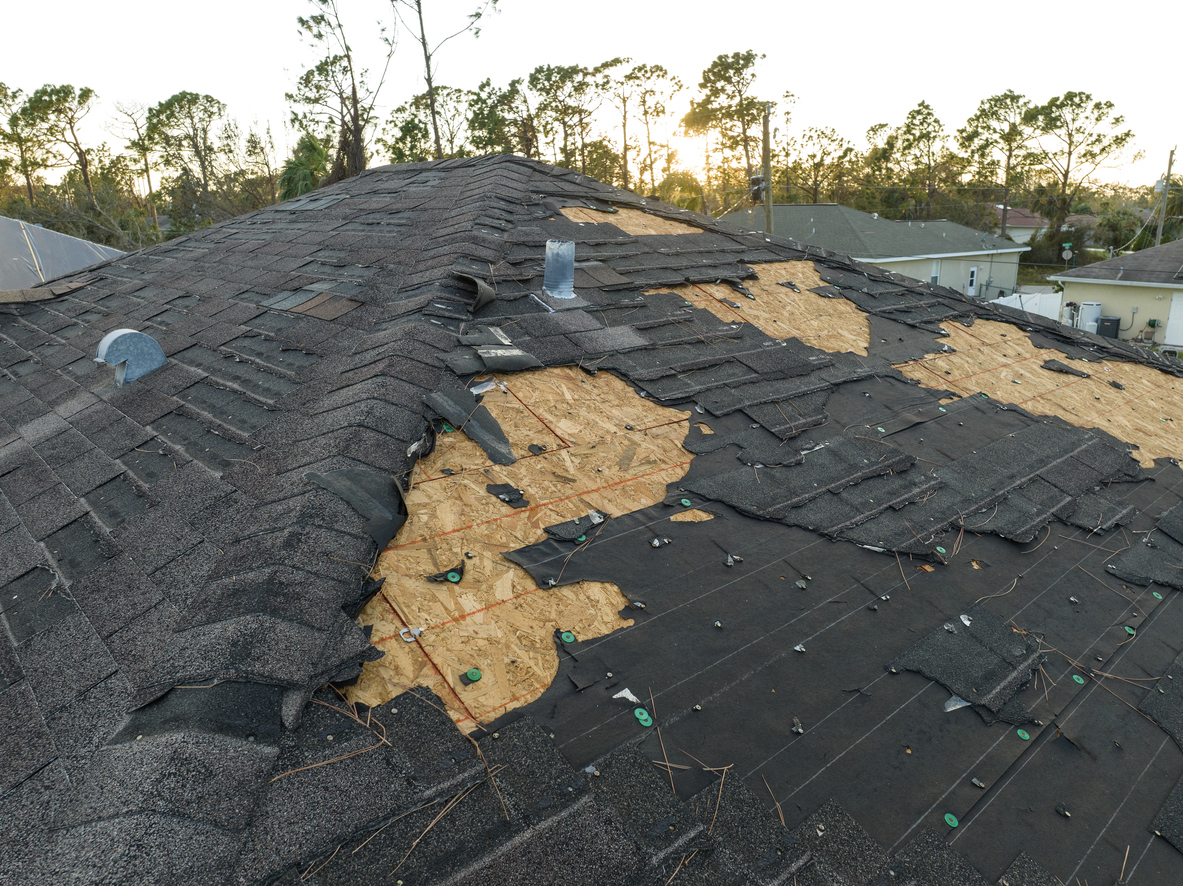Hailstorms can cause significant damage to roofs, leaving homeowners with expensive repairs. The average insurance payout for hail damage roof can vary widely based on several factors. Understanding these elements can help homeowners maximize their claims and ensure they receive the appropriate compensation for roof repairs or replacements. In this article, we’ll explore the seven key factors that influence insurance payouts for hail-damaged roofs and provide actionable insights to guide you through the claims process.
1. Severity of Hail Damage
The extent of the hail damage is one of the most critical factors that determine the average insurance payout for hail damage roof. Small dents and minor cosmetic damage may not result in a large payout, while severe damage that affects the roof’s integrity, such as broken shingles or leaks, can significantly increase the payout amount.
Insurance adjusters assess the damage based on its impact on the roof’s performance and longevity. A roof that needs a full replacement will command a much higher payout than one that only requires minor repairs.
Actionable Tip:
Ensure you get a thorough inspection by a roofing expert who can accurately document the extent of the damage. Proper documentation can lead to a higher payout.
2. Age of the Roof
The age of your roof plays a significant role in the payout calculation. Insurance companies typically consider the roof’s depreciation when determining the payout. If your roof is older, especially over 10-15 years, the average insurance payout for hail damage roof may be lower due to depreciation.
Newer roofs often receive higher payouts because they are still within their expected lifespan and may be covered under full replacement cost insurance policies.
Example:
For a roof that’s 5 years old, the insurance payout might cover nearly the full cost of replacement, while a 20-year-old roof might only receive partial compensation based on the depreciated value.
3. Type of Roofing Material
The material used for your roof impacts the cost of repairs and, therefore, the insurance payout. Common materials like asphalt shingles are generally less expensive to repair than premium options like tile or metal roofing. The average insurance payout for hail damage roof is typically higher for premium materials because the repair and replacement costs are greater.
Actionable Tip:
Consider upgrading your roofing materials if you’re due for a replacement. While the initial costs might be higher, insurance payouts could be more favorable in the event of future storm damage.
4. Policy Coverage
Not all insurance policies are created equal. The type of policy you have will directly impact your payout. Homeowners with full replacement cost policies will typically receive a higher payout than those with actual cash value policies, which factor in depreciation. It’s important to review your policy to understand what is covered and what isn’t.
Additionally, some insurance policies have special clauses for roof damage, especially in areas prone to hailstorms. These policies might include higher deductibles for roof claims, which can lower the final payout.
Actionable Tip:
If you live in a hail-prone area, consider adjusting your policy to one that offers better roof coverage to minimize out-of-pocket expenses after a storm.
5. Deductible Amount
Your deductible is the portion of the claim you’re responsible for paying before the insurance company steps in. The higher your deductible, the lower the average insurance payout for hail damage roof will be. Homeowners with lower deductibles typically receive higher payouts because they contribute less out of pocket before insurance coverage kicks in.
Example:
If your deductible is $1,000 and your roof repair is estimated at $10,000, the insurance payout will cover $9,000. If your deductible is $3,000, you’ll only receive $7,000 from your insurance provider.
6. Insurance Adjuster’s Assessment
The final insurance payout is heavily dependent on the adjuster’s assessment of the damage. Their report will determine the extent of damage and necessary repairs, ultimately influencing the payout amount. Some homeowners choose to hire public adjusters to ensure a fair assessment.
A public adjuster represents the homeowner rather than the insurance company and can negotiate a higher payout based on their evaluation of the damage.
Actionable Tip:
For homeowners seeking assistance with this process, it’s beneficial to Hire the Best General Contractors to ensure the repairs are thoroughly inspected and appropriately documented. A detailed report from a general contractor can help support your claim.
7. Location and Local Building Codes
The cost of roof repair varies by region, which can affect the average insurance payout for hail damage roof. In areas where labor and materials are more expensive, insurance payouts are typically higher to reflect the increased cost of roof replacement.
Local building codes can also impact the payout. In some cases, roof repairs must adhere to strict regulations, which may require more extensive work than initially anticipated. If local codes require your roof to be upgraded (for example, to meet wind resistance standards), the insurance company may cover the additional costs.
Actionable Tip:
Before starting repairs, consult with local contractors who understand the building codes in your area to avoid unexpected expenses. If the codes demand more expensive repairs, ensure these are included in the claim.
Conclusion
Navigating the insurance claims process for hail-damaged roofs can be complex, but understanding the factors that influence the average insurance payout for hail damage roof can help you maximize your claim. From the severity of the damage to the type of roof materials and local building codes, each element plays a role in determining how much you’ll receive from your insurance company.
For expert help, consider working with public adjusters or general contractors who specialize in storm damage claims. Companies like 411 Claims Help can connect you with experienced professionals who will advocate for the compensation you deserve.
By staying informed and taking the right steps, you can ensure your roof is properly repaired or replaced without bearing unnecessary costs.

